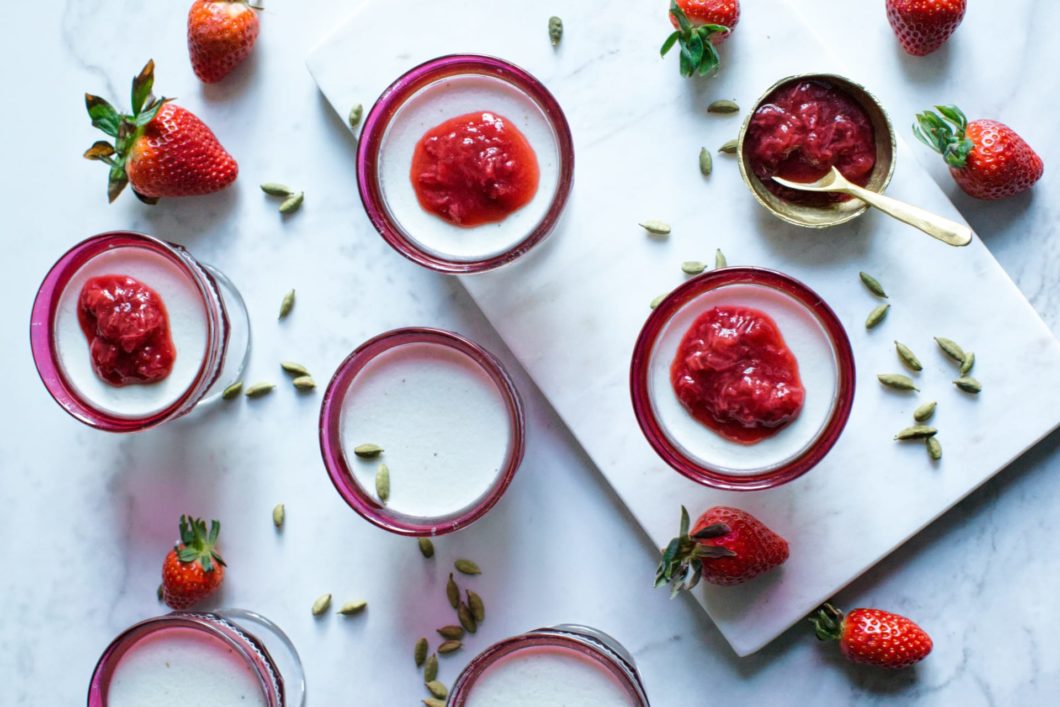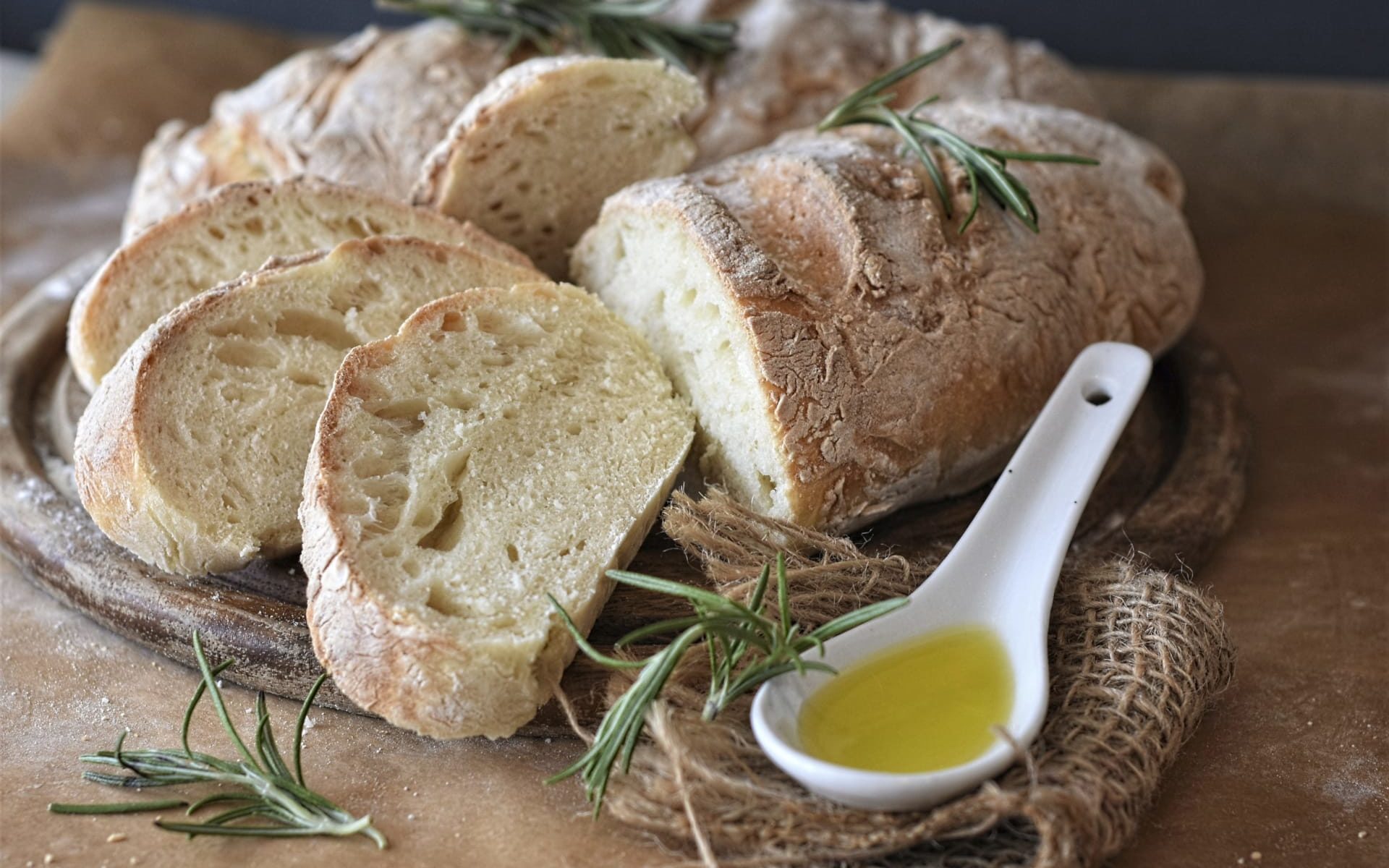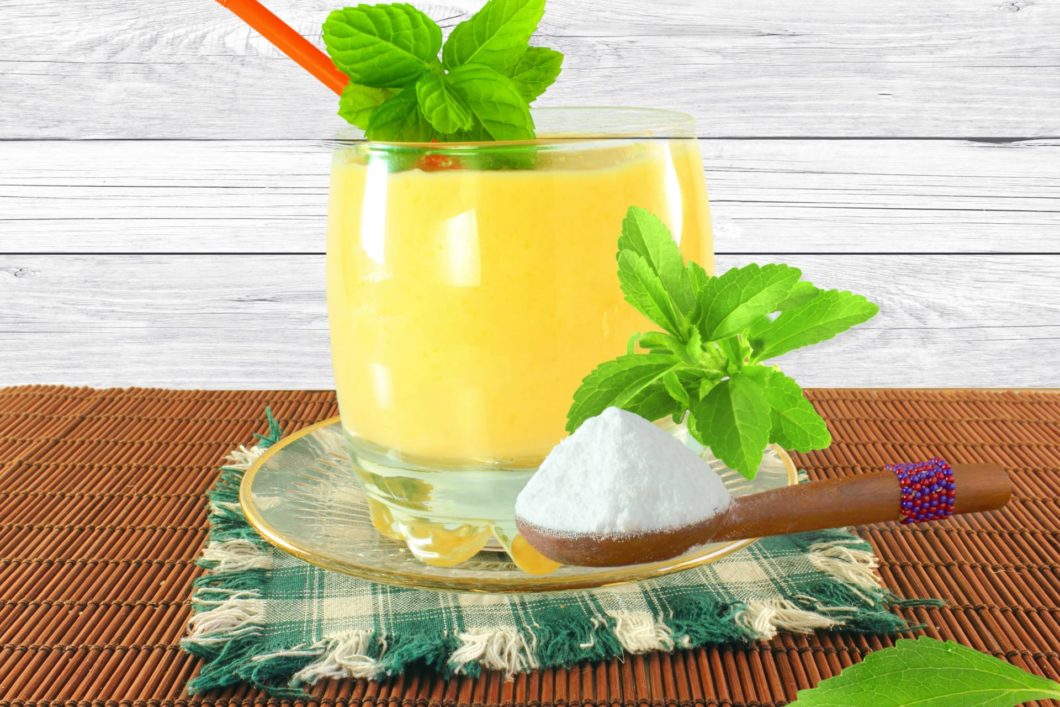Product development • If only something sweet was needed to replace sugar, the equation would have been simple. But to get the right taste, texture, body and juiciness require more than sweetness. To get the right mouthfeel, inulin may be the key ingredient you are looking for. But it takes finesse to find the right balance.
Sugar reduction is exciting but complex work. In an article series, we will look at some ingredients that can be used to reduce sugar in foods. How can the ingredients be used and what should be considered? These are the questions we will answer! In this article, we take a closer look at inulin.
What is inulin?

Inulin is a fiber that is common in the plant kingdom. It is found in many fruits and vegetables. For example, inulin makes up 0.3 to 0.7 percent of the banana you eat for snacks. And the onion in the food you have for lunch contains between 1 and 20 percent inulin.
But for sugar reduction, you have to use inulin which is extracted from the root of a common plant along our roads: The Chicory plant. Chicory roots consist of 15 to 20 percent inulin.
You can read more about the extraction of inulin in the article Inulin – from seed to Eureba.
Replacing sugar with fiber
Inulin has some sweetness. But not enough to replace the sweetness from sugar. So why should you use it for sugar reduction?
Well, inulin has a positive effect on the taste of steviol glycosides which is a high-intensity sweet substance extracted from the plant stevia. Steviol glycosides have a slightly bitter taste and slightly licorice-like aftertaste. But with inulin, the flavour spectrum is moved away from the less desirable flavours. Instead, the taste is perceived as sweeter and more pleasant.
Reduces calories
In addition to its flavour-enhancing properties, inulin acts as a calorie reducing ingredient. The calorie-reducing effect is related to the fact that inulin is a dietary fiber.
The fact that inulin is a fiber means that it passes through the digestive system without being broken down. But the bacteria in the colon can feast on inulin. In this fermentation process, short-chain fatty acids are formed that the body can absorb. In this way, the body is fed about 2 kcal per 1 gram of inulin. That’s half the amount compared to sugar.
Another difference compared to sugar lies in the decomposition time. While sugar is rapidly broken down and absorbed by the body, inulin takes its time. It gives a longer feeling of saturation.
Triggers the stomach
A lower amount of calories and longer satiety are two benefits of inulin compared to sugar.
But watch out! You don’t want to overconsume inulin. Anyone who eats more than 25 to 35 grams of fiber per day may get stomach problems. Too much fiber generates gases which, in turn, cause flatulence and discomfort. This could eventually lead to diarrhea.

Water-soluble
Inulin is water-soluble. This makes the ingredient easy to work with. But it also has other positive effects.
With a little acid and heat, inulin dissolved in water can be both more or less viscous. And with more than 15 percent inulin, it is possible to create both cream and jelly.
Inulin also binds moisture, which can be used, for example, to give pastries a juicy, soft, and fresh feel.
High compatibility
With its versatility, inulin fits into many different types of foods. It works well in dairy products, sweets and in breads and pastries. But it also fits in cereals and healthy granola, in muesli bars, and in drinks. Inulin has a jelly effect that can be used in creams and jams.
Inulin blends well with high-intensity sweeteners, and can also be combined with sugar alcohols, polydextrose and other fibers.
Now it sounds like inulin is the perfect date, everyone seems to like hanging out with inulin! However, that’s not really the case.
Not always a match
Infitullin should not be used in foods with a pH-value too low. If so, inulin is broken down into fructose, which the liver converts into fat. As a result, both the reduced calories and the feeling of satiety are lost.
Inulin can, however, be used in foods with some acid, such as yoghurt, milk and beer, as long as the pH value is over 3.5.
Replacing sugar with inulin
Can you directly replace sugar with inulin in a recipe for, let’s say, bread?
Well … if you do, you will at best get a pale bread that tastes less sweet than the original and causes stomach problems. So let’s take a step back and think about what can be done.
Inulin is chains of linked fructose moieties that terminate with a single glucose moiety. The chains can vary in length from 2 to 60 parts of fructose. Chains of different lengths have different properties. For example, a dough gets more sweetness of shorter chains, but increased elasticity of longer chains. The first thing you need to do to succeed with your baking is to find out the correct composition of inulin of different lengths.
The next step will be to compensate for the reduced sweetness. If you do not want to add more calories and want to avoid synthetic sweeteners, steviol glycosides is a good option in technical terms. But current EU-regulations does not approve of steviol glycosides in bakery, with a few exceptions (read more in this article). Therefore, you must consider other solutions to compensate for the sweetness.
Then you have to think about how to give the bread the right colour. It may get some colour from inulin. Of course, inulin is thermally stable in itself, but water, acid and the right temperature can cause inulin to give off fructose, which undergoes Maillard reaction and is caramelized upon heating. But it is not enough to give the right colour. You need to add something else. The question is what?
Finally, we must take into account the stomachs of our consumers. If as much inulin is used as sugar, there is a high risk that consumers will get too much fiber in one day. The result is, at best, gases and flatulence. At worst, diarrhea. Thus, inulin alone cannot replace sugar.
We ask Srdjan
So how are you going to solve the matter with inulin?
We ask Srdjan Solaja, food engineer, and expert in sugar reduction.
– There is no simple answer. To achieve better results, you must test and experiment. You need to have in-depth knowledge of the various ingredients that can be used for sugar reduction. Only then can one know how they can be combined and used to lift each other, without exceeding the recommended daily intake, says Srdjan Solaja.
What does he think it is like working with inulin?
– Inulin is simpler than, for example, steviol glycosides, but it is still a complex task. Especially since we must constantly take into account the recommended daily intake and ensure that the consumer does not get too much. It is a quest to find the right combination for the specific application. Different foods need different solutions, says Srdjan Solaja.
Srdjan’s three tips
- It can replace added sugar 1:1 but don’t do that. Instead, replace 20-30% of the added sugar first, and see what happens.
- Inulin is not as sweet as sugar. Therefore, you need to combine it with other bulk sweeteners or high-intensity sweeteners.
- Take care of your stomach. Inulin can be laxative or cause bloating and stomach upset if consumed in high concentration. You want to avoid that effect.
A Helping Hand
Do you find sugar reduction hard? Don’t worry – please contact us. We offer ready-made solutions as well as tailor-made solutions.
Please, share this article if you liked it.
[et_social_share]







